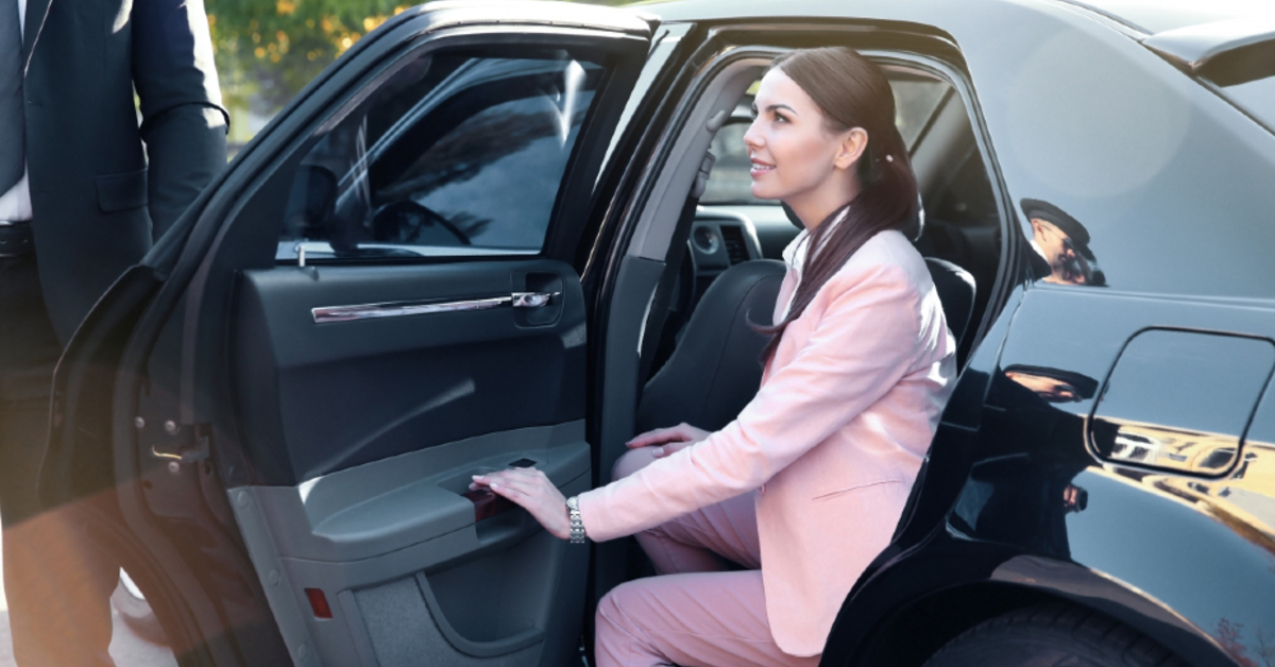Are you caught up on whether to lease or buy a car? Getting a car is surrounded by a lot of market choices. Choosing between a hard decision like leasing or buying a car is more or less a tough nut to break. On the one hand, buying means paying more every month, but in the end, you own an asset–having your car. On the other hand, a lease allows you to drive a vehicle that would be extremely expensive than you can afford.
Whats Buying?
With a standard auto loan, purchasing a vehicle is pretty straightforward. You make monthly payments for several years when you borrow money from a bank, credit union, or other lending institution. The principal is reduced, with the remaining portion of each payment going toward the loan’s interest. The payment will be higher than the interest rate. Equity is built up as you pay back the principal until you completely own the vehicle at the end of the loan. The car remains yours for as long as you like and treat it well or poorly. The drawbacks may include repair costs and a lower resale value in the future.
Read more: used cars for sale in uk
Whats Leasing?
A lease is a legally binding agreement that specifies the conditions under which one party agrees to rent another party’s property. In exchange, it guarantees the property owner or regular lessee payments for a predetermined period and the tenant or lessee use of the property.
Leasing a brand-new vehicle will continue to be an option as car prices continue to rise in 2022. However, expert reports that in one of the credit reporting agencies, the percentage of new vehicles leased in the first quarter of 2022 is lower than in 2020 and 2021.
Buyers sign a lease to drive a brand-new vehicle for a predetermined time. Although buyers are required to return the vehicle after the lease term, that payment is frequently less expensive than the monthly cost of financing a new vehicle.
Benefits and drawbacks of leasing and buying
We examine the benefits and drawbacks of leasing and buying to determine which option is best for you.
Benefits of Leasing
The significant benefits of leasing are:
- You always drive a brand-new vehicle, usually covered by the manufacturer’s warranty for new cars.
- Even free oil changes and other scheduled maintenance are an extra benefit if you include them in your lease.
- You can drive a car that costs more and has better features than you might otherwise be able to afford.
- The most recent active safety features will be present in your vehicle.
- When it’s time to move on, you won’t have to deal with fluctuations in the car’s trade-in value or the hassle of selling it.
- Owners of businesses may receive significant tax advantages.
Drawbacks of Leasing
Despite how appealing a lease may appear, there are a few drawbacks:
- Because you pay for the vehicle when it depreciates at its fastest rate, leasing typically results in higher final costs than a comparable loan.
- Your monthly payments will never stop if you lease more than one vehicle. On the other hand, the more value you get out of a vehicle after paying off the loan, the longer you keep it. The cheapest way to drive over the long term is to buy a car and keep it until it is too expensive to fix.
- Lease agreements limit the number of miles. You will be required to pay the penalty for excess mileage if you exceed that limit. This drive limit can range from ten to fifty cents for each additional mile. Determine how much you intend to drive.
Benefits of Buying
The benefits of buying are:
- You will have access to the most recent and cutting-edge technologies based on the best suitable package you select.
- Since you are the first person to drive a brand-new vehicle, it is typically considered more trustworthy.
- New car factory warranties also guarantee its dependability and durability.
- When you buy new, you can avail yourself of deals and discounts.
- Buying a brand-new vehicle typically costs significantly less than leasing one.
Drawbacks of Buying
Buying a car brings along the following drawbacks:
- Prepare to spend significantly more on sales tax.
- As soon as you drive off, new cars are said to lose up to 20% of their value.
In summary, by leasing, you enter a cycle where you never stop paying for the vehicle. On the other hand, lease payments are lower, and you can drive the vehicle. The mushroom growth in leasing won’t slow down anytime soon, as more people opt for a lease over buying a car or a loan. Leasing can appear to be more appealing than purchasing. Because you are not repaying any of the principal, your monthly payments are typically lower. Instead, you borrow money and pay back the difference between the car’s new value and residual value, which you expect to be worth when the lease ends, plus finance charges.
The lease’s mileage restrictions may not matter to many customers because more people work from home.
The predictability of payments and costs associated with ownership possesses appeal. On the other hand, a lease offers less flexibility than a purchase, and life can be unpredictable.


